The beauty of recounting these stories lies in the manner in which the cosmic significance and the temporal implications are intermingled. Debroys easy translation makes that experience even more sublime
Business Standard
[The] Markandeya Purana is a marvelous amalgam of mythology and metaphysics that unfolds a series of conversations in which sage Markandeya is asked to answer some deeper questions raised by the events in the MahabharataThe Indian Express
Bibek Debroys translation of the Markandeya Purana presents the English reader with an opportunity to read the unabridged version in English. As he writes in the Introduction, But all said and done, there is no substitute to reading these texts in the original Sanskrit. If you cannot read the original in Sanskrit, this is perhaps the next best thingAbhinav Agarwal
Introduction
T he word Purana means old, ancient. The Puranas are old texts, usually referred to in conjunction with Itihasa (the Ramayana and the Mahabharata). In other words, ItihasaPurana possessed an elevated status. This by no means implies that the word Purana, as used in these two Upanishads and other texts too, is to be understood in the sense of the word being applied to a set of texts known as the Puranas today. The Valmiki Ramayana is believed to have been composed by Valmiki and the Mahabharata by Krishna Dvaipayana Vedavyasa. After composing the Mahabharata, Krishna Dvaipayana Vedavyasa is believed to have composed the Puranas. The use of the word composed immediately indicates that ItihasaPurana are smriti texts, with a human origin. They are not shruti texts, with a divine origin. Composition does not mean these texts were rendered into writing. Instead, there was a process of oral transmission, with inevitable noise in the transmission and distribution process. Writing came much later.
Pargiters book on the Puranas is still one of the best introductions to this corpus. To explain the composition and transmission process, one can do no better than to quote him.
The Vayu and Padma Puranas tell us how ancient genealogies, tales and ballads were preserved, namely, by the sutas, and they describe the sutas duty... The Vayu, Brahmanda and Visnu give an account, how the original Purana came into existence... Those three Puranas sayKrsna Dvaipayana divided the single Veda into four and arranged them, and so was called Vyasa. He entrusted them to his four disciples, one to each, namely Paila, Vaisampayana, Jaimini and Sumantu. Then with tales, anecdotes, songs and lore that had come down from the ages he compiled a Purana, and taught it and the Itihasa to his fifth disciple, the suta Romaharshana or Lomaharshana... After that he composed the Mahabharata. The epic itself implies that the Purana preceded it... As explained above, the sutas had from remote times preserved the genealogies of gods, rishis and kings, and traditions and ballads about celebrated men, that is, exactly the materialtales, songs and ancient loreout of which the Purana was constructed. Whether or not Vyasa composed the original Purana or superintended its compilation, is immaterial for the present purpose... After the original Purana was composed, by Vyasa as is said, his disciple Romaharshana taught it to his son Ugrasravas, and Ugrasravas the sauti appears as the reciter in some of the present Puranas; and the sutas still retained the right to recite it for their livelihood. But, as stated above, Romaharshana taught it to his six disciples, at least five of whom were brahmans. It thus passed into the hands of brahmans, and their appropriation and development of it increased in the course of time, as the Purana grew into many Puranas, as Sanskrit learning became peculiarly the province of the brahmans, and as new and frankly sectarian Puranas were composed.
Pargiter cited reasons for his belief that the Mahabharata was composed before the original Purana, though that runs contrary to the popular perception about the Mahabharata having been composed before the Puranas. That popular and linear perception is too simplistic, since texts evolved in parallel, not necessarily sequentially.
In popular perception, Krishna Dvaipayana Vedavyasa composed the Mahabharata. He then composed the Puranas. Alternatively, he composed an original core Purana text, which has been lost, and others embellished it through additions. The adjective Purana, meaning old account or old text, became a proper noun, signifying a specific text. To be classified as a Purana, a text has to possess five attributespancha lakshmana. That is, five topics must be discussed: sarga, pratisarga, vamsha, manvantara and vamshanucharita. The clearest statement of this is in the Matsya Purana. Unlike the Ramayana and the Mahabharata, there is no Critical Edition of the Puranas. Therefore, citing chapter and verse from a Purana text is somewhat more difficult, since verse, if not chapter, may vary from text to text. With that caveat, the relevant shloka (verse) should be in the 53rd chapter of the Matysa Purana. Sarga means the original or primary creation. The converse of sarga is universal destruction, or pralaya. That period of sarga lasts for one of Brahmas days, known as kalpa. When Brahma sleeps, during his night, there is universal destruction.
In measuring time, there is the notion of a yuga (era) and there are four yugas: satya yuga (also known as krita yuga), treta yuga, dvapara yuga and kali yuga. Satya yuga lasts for 4,000 years, treta yuga

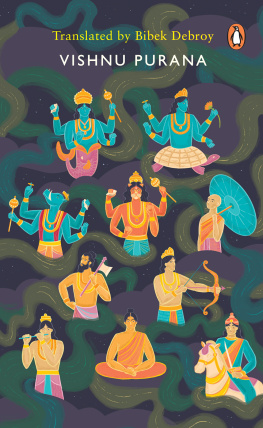

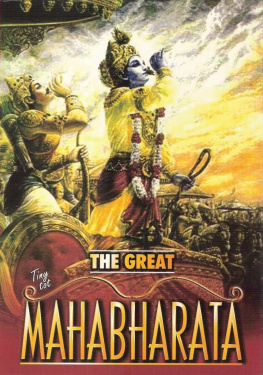

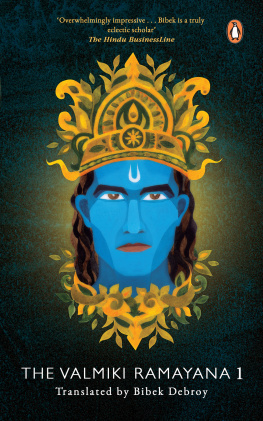
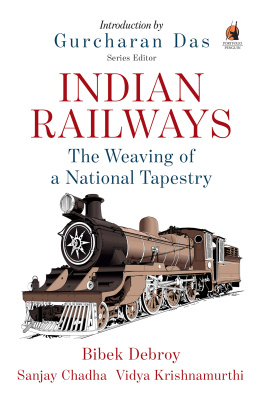


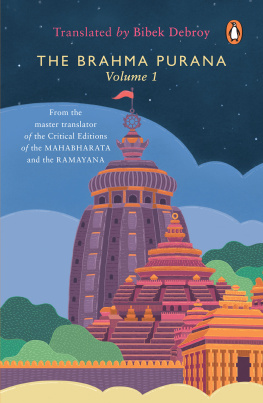
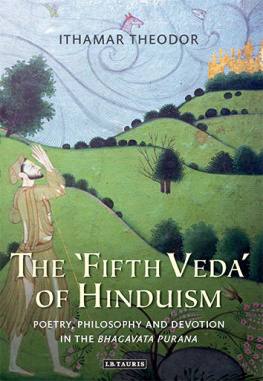
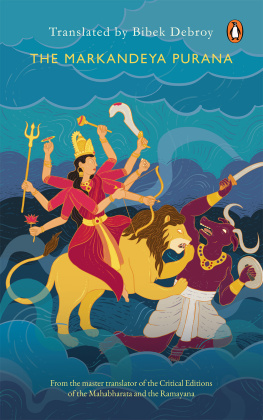

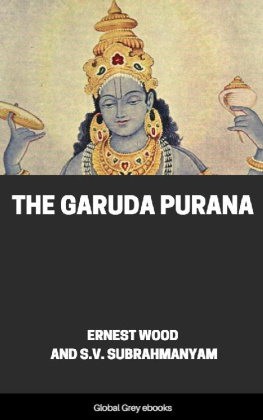
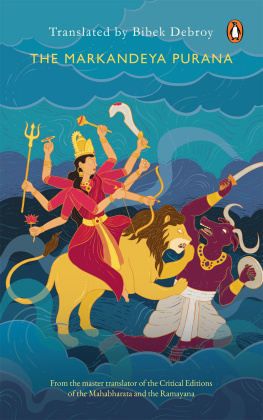
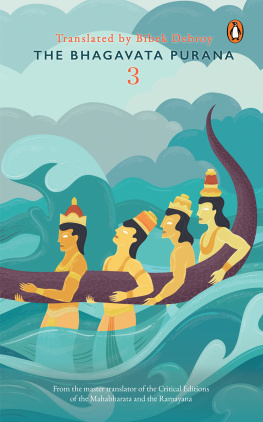
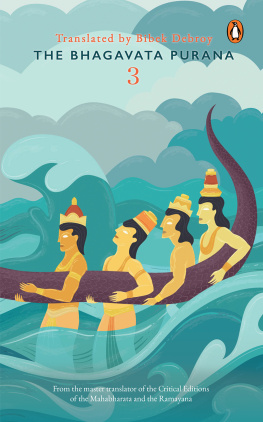
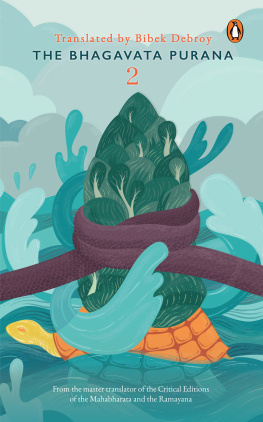
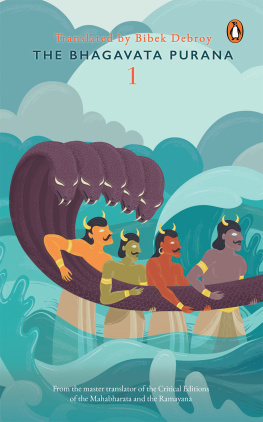






 CLASSICS
CLASSICS